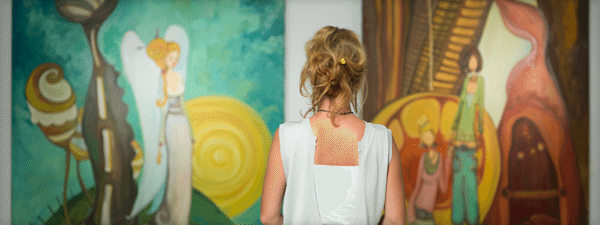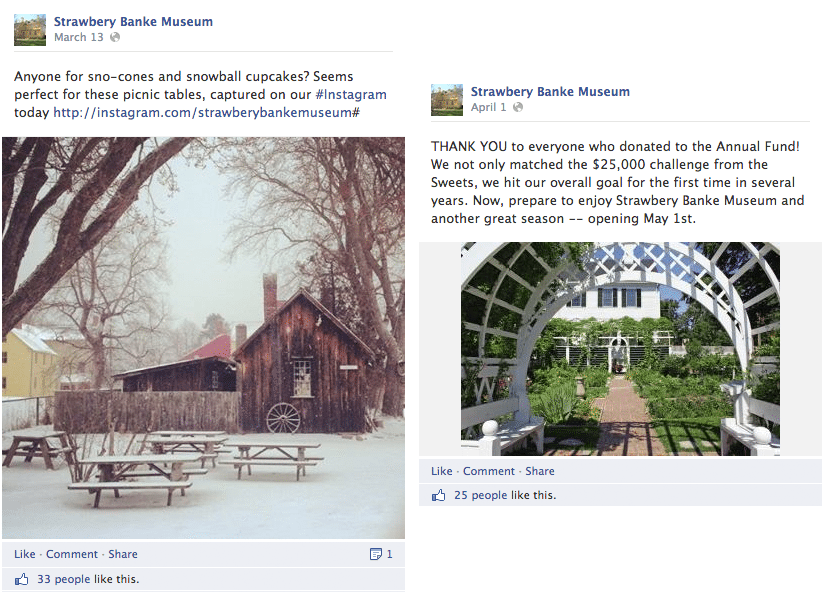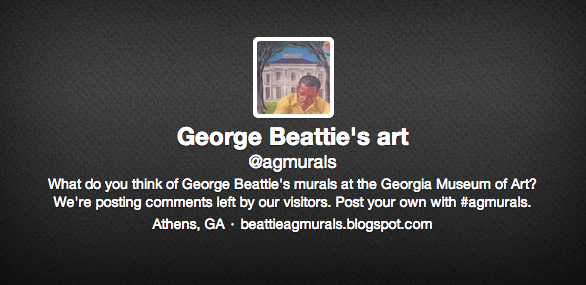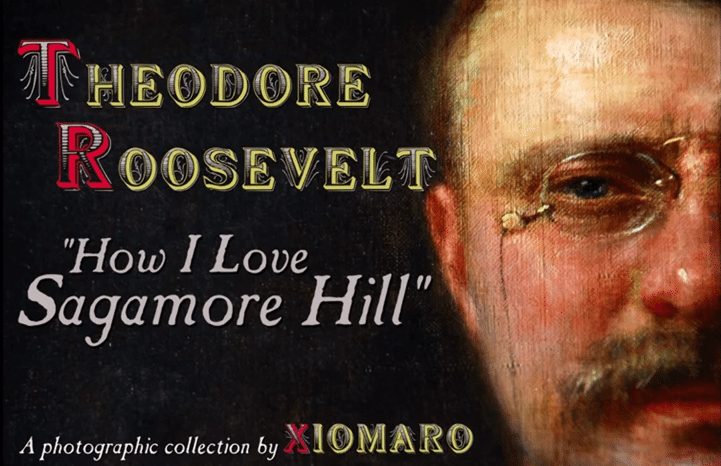Social media has become the go-to marketing and communication tool for many tech and culture-minded startups, but it’s also a great tool for some of the nation’s most historic institutions. Museums have begun embracing social media as a way to promote exhibits and membership drives to potential visitors all over the country, but they’ve also embraced the likes of Facebook and Twitter to create more richer, fuller, and more informative experiences for visitors. How? I spoke with two museum directors and a fine art photographer to see how they’re using social media to reach their audiences.
Strawbery Banke Museum
Portsmouth, New Hampshire’s Strawbery Banke Museum portrays the history of the waterfront neighborhood over the period of 300+ years. The 10-acre campus tells the stories of 10+ families who lived and worked on the site from 1695-1954. This is a storyline that has definitely made its way into the museum’s online efforts (including a Twitter account named after and depicting the story of Sarah Parker Goodwin), but their social efforts go beyond that. “We use social media for engagement, event promotion/ticket sales and development — both membership and donation drives,” Stephanie Seacord, Director of Marketing, details. “We are also using Facebook Events to promote Membership before the fiscal year ends. Inviting our Facebook friends to join with a $25-off incentive and the chance to win a cooking class for six with the chef at our White Apron Cafe at Strawbery Banke. We also made the offer to 500 ‘lapsed’ members. The window on the offer was just four days. We recorded 15 new members in the first 24 hours.”
The Georgia Museum of Art
The Georgia Museum of Art has fully embraced social media as a way to connect to new and loyal museum visitors. Their active adoption of social sites like Facebook, Twitter and Instagram came out of a limited marketing budget, but the museum has also expanded their social strategy to include more interactive experiences for visitors. The museum staff has also found that social media can give them the opportunity to be transparent about more controversial exhibits. Hillary Brown, Director of Communications, details one exhibit in particular. “George Beattie was an Atlanta artist who painted eight murals for the Georgia Department of Agriculture in 1956, tracing the history of agriculture in the state. They hung in that building until 2011, despite the fact that many who visited the space found them off-putting or offensive. Beattie was a progressive at the time, and his inclusion of the narrative of slavery and the influence of American Indians in that narrative was liberal, but mores have changed quite a bit since the 1950s, and the murals had become pretty controversial. The Georgia Museum of Art felt they were an important part of the state’s history and lobbied actively to bring them into our collection. We knew we had to be careful in how we put them on display, and social media was a great way to promote discussion and interaction when we installed them on the walls.”
The museum used YouTube and videos loaded on mounted iPads, a dedicated blog, a dedicated Twitter account and even a three-ring binder to address the exhibit, inform visitors and collect their honest feedback. “As usual, the public’s response was surprisingly thoughtful and intelligent, and the exhibition was definitely a net positive. We would absolutely do it again.”
Fine Art Photographer Xiomáro
As a visiting artist and artist-in-residence for a number of museums across the country (including Harvard University, Long Island Museum, Fraunces Tavern Museum), Xiomáro uses social media to promote and supplement his exhibits. “I’ve been using social media to create interactivity to build business and a following which, in turn, helps the museums as not all of them are up on the technology.” He has used YouTube, Facebook and other social sites to ask the public to help him select what to exhibit, created and hosted free downloadable exhibit e-books on his site, and has even embraced mobile by creating custom QR codes for mobile phone users to retrieve more information about a piece on display.
Have you noticed other museums doing an incredible job with their social media presence? Tell us about them in the comments below!



